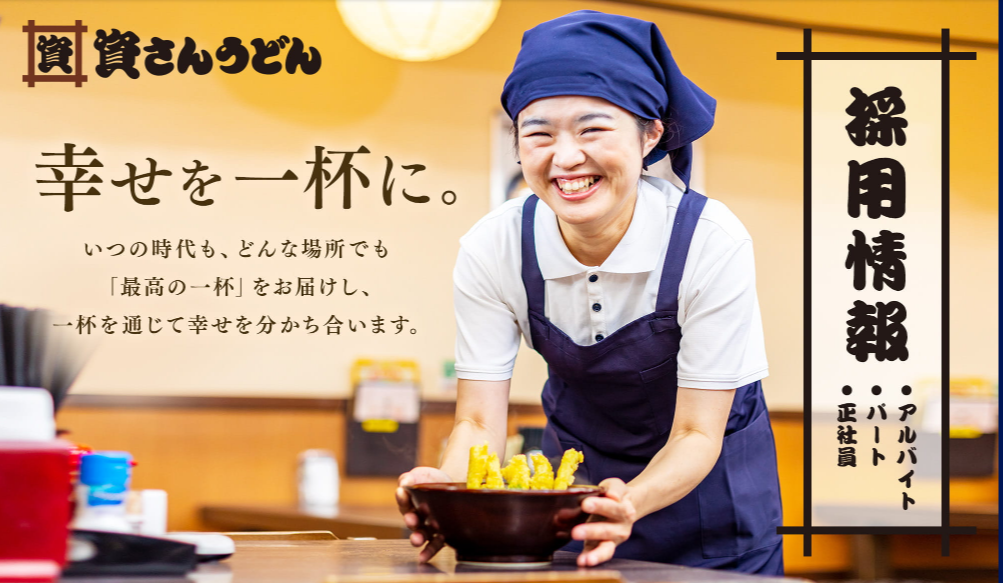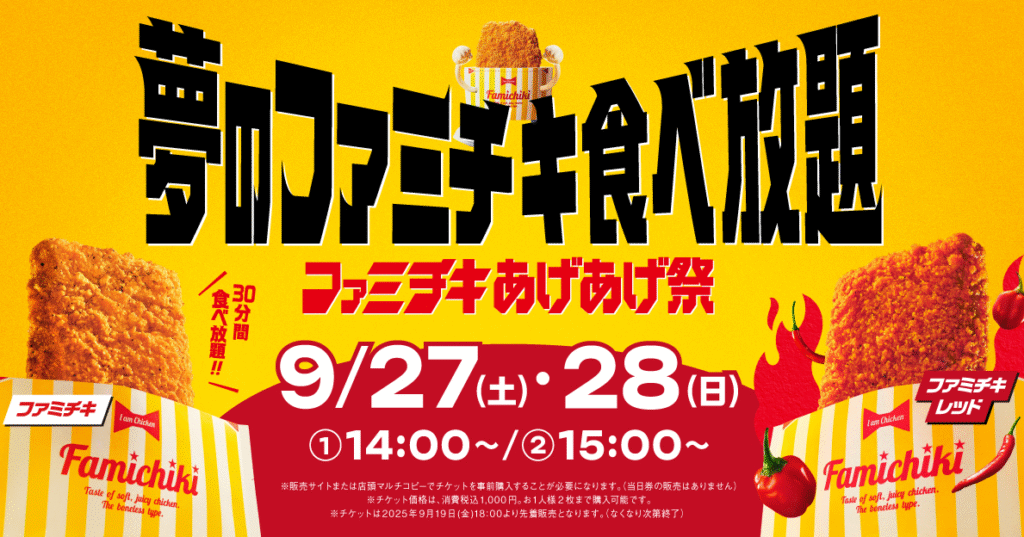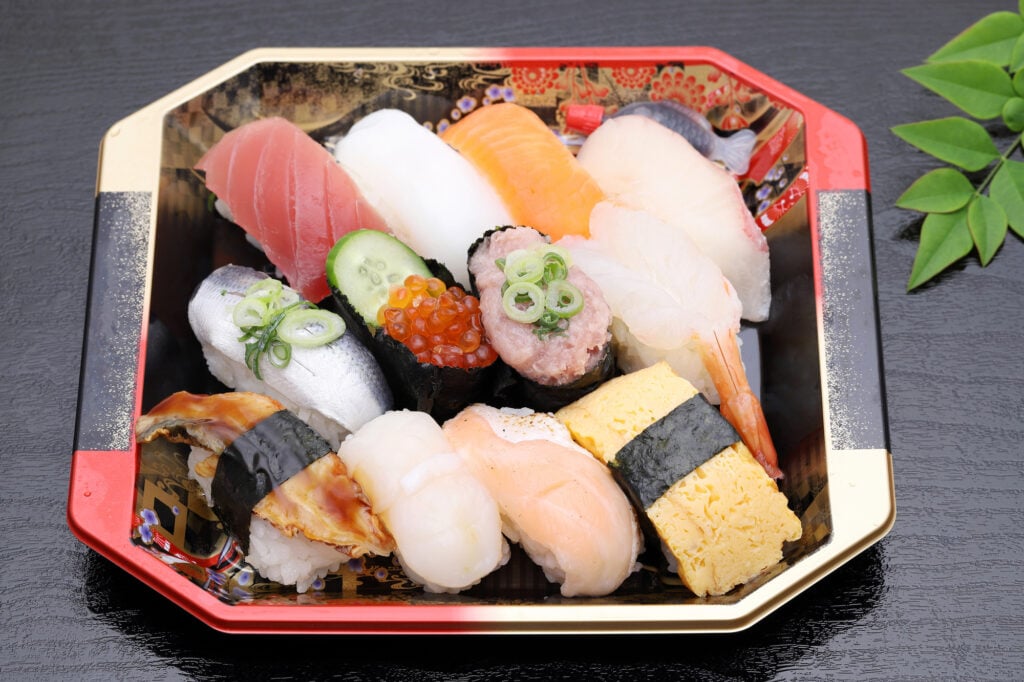2024 was shaping up to be a bad year for ramen shops. And it turned out to be pretty awful in the end, as Japan saw a record number of bankruptcies.
The final numbers are in: 72 ramen shops shuttered for good in 2023 due to bankruptcy. “Bankruptcy” is here defined as having over 10 million yen (USD $63,000) in liabilities and closing via a legal proceeding.
In 2022, only 53 went bankrupt, making for an increase of over 30% (19 additional stores). That’s the largest number of ramen restaurant bankruptcies ever recorded.
The driving factor is rising prices of all raw ingredients, including pork, oil, noodles, and seaweed. Despite the rise in costs, Teikoku Databank, which tracks the restaurant industry, says many ramen shops are convinced they can’t break the supposed “1000 yen” (USD $6.34) wall for the cost of a bowl without driving away customers. The average bowl of ramen nationwide retails for under 700 yen ($4.44).
As we’ve written before, however, many shops are breaking the 1000 yen wall and managing, not only to stay in business, but to thrive. Some specialty shops, such as roast beef ramen restaurants, can charge up to 3,000 yen ($19) for some of their dishes.
Other restaurants, such as standing soba shops, also say the spike in prices, combined with customer expectations of low prices, is making It difficult for them to keep operating. A spike in the price of cabbage is also hitting tonkatsu (fried pork cutlet) restaurants, which traditionally serve the vegetable as a side.
Planning a trip to Japan? Get an authentic, interpreted experience from Unseen Japan Tours and see a side of the country others miss!

"Noah [at Unseen Japan] put together an itinerary that didn’t lock us in and we could travel at our own pace. In Tokyo, he guided us personally on a walking tour. Overall, he made our Japan trip an experience not to forget." - Kate and Simon S., Australia

See a side of Tokyo that other tourists can't. Book a tour with Unseen Japan Tours - we'll tailor your trip to your interests and guide you through experiences usually closed off to non-Japanese speakers.


Want more news and views from Japan? Donate $5/month ($60 one-time donation) to the Unseen Japan Journalism Fund to join Unseen Japan Insider. You'll get our Insider newsletter with more news and deep dives, a chance to get your burning Japan questions answered, and a voice in our future editorial direction.
It’s likely that, in order to survive, more ramen shops will need to raise their prices. And Japanese consumers, in turn, will need to let go of their conviction that ramen in 2025 should sell at 1990s prices.
Why this page doesn't look like crap
You may notice a few things about this page. First, it’s mostly content – not ads. Second, this article was written by a human, not a plagiaristic Turing machine.
Unseen Japan is a collective of independent authors. We work hard to keep our content free of intrusive ads and AI slop.
Help us keep it that way. Donate to the Unseen Japan Journalism Fund to support our work. Regular donors will receive Insider, our paid newsletter with weekly bonus content about Japan. Plus, your contribution will help us produce more content like this.
What to read next

Why This Kyushu Udon Chain Is Drawing Tokyo Crowds
Sukesan Udon, Kitakyushu’s iconic soul food, has landed in Kanto, sparking long lines and a social media buzz. What makes it so special?

FamilyMart Dream Campaign: All-You-Can-Eat Famichiki for 30 Minutes
FamilyMart is hosting a Famichiki all-you-can-eat event in Japan. For ¥1,000, fans get 30 minutes to feast on the iconic fried chicken.

Combini Sushi: Japan’s New Favorite Tourist Delicacy?
Convenience stores in Japan didn’t always sell sushi. Today, the dish is a top draw, not just for residents, but for travelers too.

